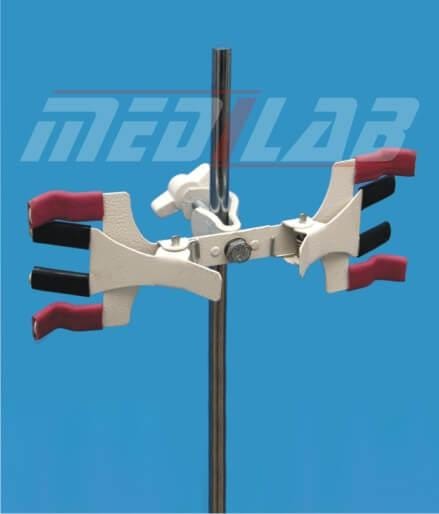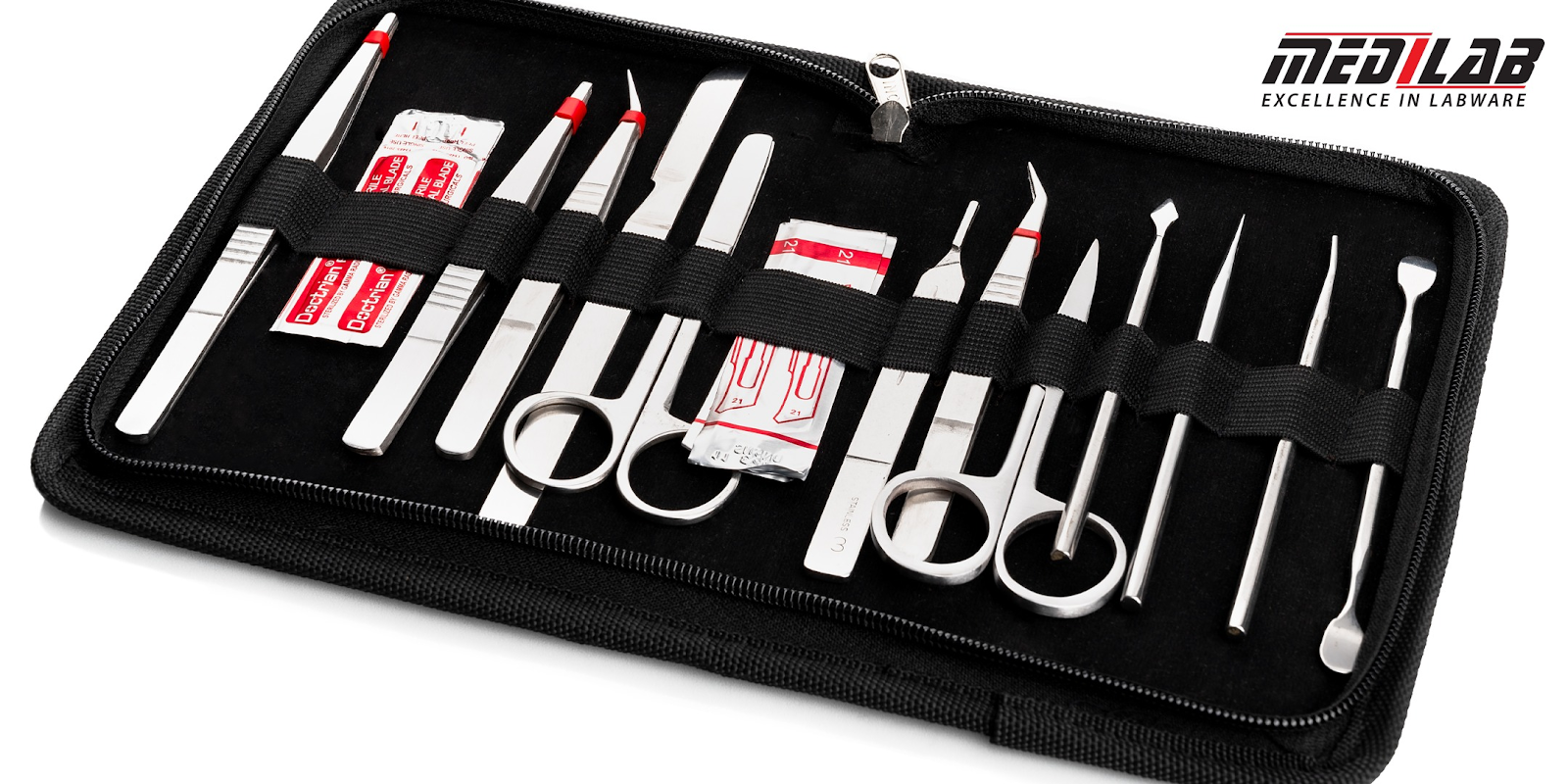Understanding the Importance and Functionality of Burette Test Tube Clamps
In the realm of laboratory equipment, precision and safety are paramount. Among the array of tools utilized in scientific experimentation, the burette test tube clamp stands out as a critical apparatus. Often overlooked, yet indispensable, this tool plays a pivotal role in securing and stabilizing burettes and test tubes during various laboratory procedures. In this article, we delve into the significance, functionality, and applications of burette test tube clamps.

Importance of Burette Test Tube Clamps: Burette test tube clamps serve a dual purpose in laboratory settings: they provide stability to delicate glassware and ensure the safety of researchers by minimizing the risk of accidents. Burettes, in particular, are slender glass tubes used for precise measurement and delivery of fluids in titration experiments. Due to their elongated shape and narrow necks, burettes are susceptible to tipping over or slipping out of conventional supports. Herein lies the significance of burette test tube clamps, which firmly grasp the burette in place, preventing unintended movement and potential spillage of hazardous chemicals.
Functionality: The design of a burette test tube clamp is elegantly simple yet highly effective. Typically constructed from corrosion-resistant materials such as stainless steel or plastic, these clamps feature adjustable jaws that can accommodate various sizes of burettes and test tubes. The jaws are equipped with a screw mechanism or spring-loaded action, allowing users to securely fasten the glassware in place with minimal effort. Additionally, many clamps incorporate a rubber-lined grip to provide extra traction and cushioning, further enhancing stability and preventing damage to the glass surfaces.
Applications: Burette test tube clamps find widespread application across diverse scientific disciplines, including chemistry, biology, and biochemistry. In chemistry laboratories, these clamps are indispensable during titration experiments, where precise control of fluid flow is essential for accurate analysis. By securing the burette in a vertical position and aligning it with other apparatus such as Erlenmeyer flasks or beakers, researchers can perform titrations with confidence, knowing that the glassware remains stable throughout the procedure.
Moreover, burette test tube clamps are also utilized in biological and biochemical laboratories for various applications, such as holding test tubes during heating or mixing reactions. Whether it’s a simple extraction procedure or a complex enzymatic assay, these clamps provide researchers with the assurance that their glassware is securely supported, allowing them to focus on the intricacies of their experiments without worrying about accidental breakage or spills.
In the realm of scientific inquiry, precision, safety, and reliability are non-negotiable. Burette test tube clamps embody these principles by providing researchers with a simple yet indispensable tool for securing and stabilizing delicate glassware. From titration experiments in chemistry labs to biochemical assays in research facilities, these clamps play a vital role in ensuring the success and safety of laboratory procedures. As technology advances and scientific methodologies evolve, the importance of burette test tube clamps remains steadfast, serving as a testament to the enduring significance of well-designed laboratory equipment in the pursuit of knowledge and discovery.

Comments
Post a Comment